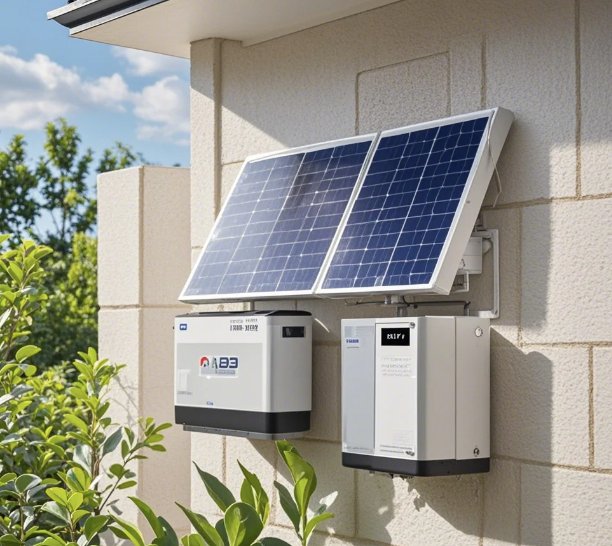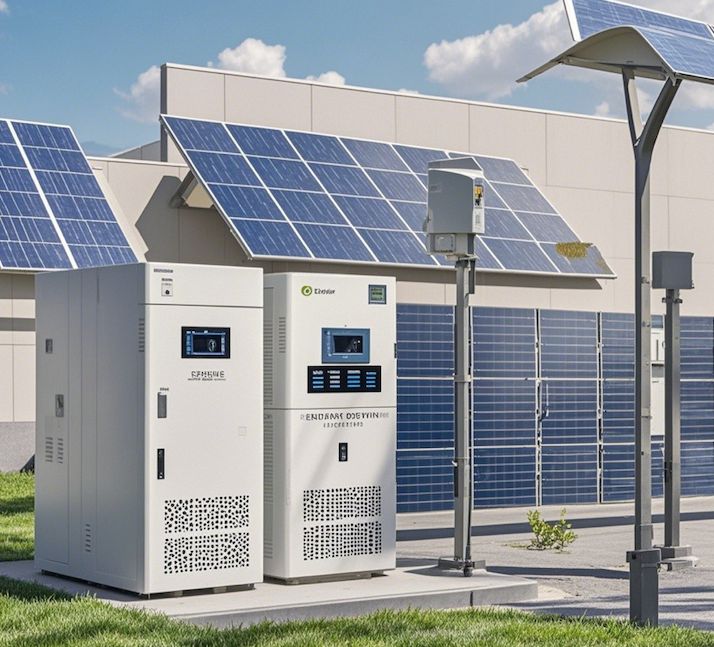目录
ToggleWith various trail cameras in the market today, finding the best may be overwhelming, especially if you’re a beginner. To make it easier for customers, this guide looks at the vital consideration factors.

A few reference points for picking the best-performing trail camera
-Trigger speed
This is the time a trail camera takes to capture a photo once it detects movement. To capture a fast-moving animal or subject, the trail camera’s trigger speed must be quicker, that’s below 0.3 seconds. it will enable you to capture the photos before the subject is out of the needed frame range.
-Picture quality
When considering picture quality, many people get fooled by high megapixel counts, but this should not be the case. In reality, manufacturers use a low-quality lens that reduces picture quality. So, the best way to check on the picture quality of a trail camera is by checking on some of the listed photo reviews. Picture quality is judged based on color, contrast, clarity, and resolution.
-Resolution and interpolation
The picture quality of the image and video that a trail camera takes depends on the resolution. You can find a trail camera designed to allow you to alter the resolution by increasing through interpolation or reducing through compression.
Interpolation produces larger images if pixels are added, whereas compression is vital if the camera is used for a longer period and the memory capacity is an issue. GD digital limited life cameras offer up to 32 MP photo resolution and 4K video resolutions.
-Infrared Light LED
A trail camera can use either low-glow or no-glow LEDs. Low glow LEDs produce a faint red light which is not entirely invisible and can alert the subject. More so, their illuminations are not better for more extended distance coverage. Conversely, No glow LEDs emit minimal visible light, which is hard to detect. GD digital limited trail cameras use two warm LED lights and can illuminate up to 3 meters. So, before making a purchasing decision, always know what your target subject is/is.
-Power options
Most cameras are battery-powered, but the most recommended battery is alkaline batteries. That is because alkaline batteries offer a longer battery life and can reach 1.5 V and maximum trigger speed. So, when selecting a trail camera, check the number of batteries the camera requires. All trail cameras of GD Limited company use alkaline batteries. In addition, our solar panel has a built-in battery, which is equivalent to a rechargeable battery, if you want to charge the camera’s power bank can also be much more convenient, you can give the camera direct power supply, but also through the power adapter directly to the camera power.
-Accessories
Some accessories can pair with a trail camera for a better camera-trapping experience. If you purchase a trail camera from GD Limited, you will benefit from a camera bracket fixable in a tree, a manual, and a USB cable. These are essential, especially if you will be hunting. Other accessories that you may find interesting include a security case and cable lock.
Conclusion
To choose the best trail camera, consider factors like trigger speed, picture quality, resolution, infrared LED type, power options, and accessories. Look for a quick trigger speed and check picture quality through reviews. Resolution and interpolation options should be considered. Decide between low-glow and no-glow LEDs based on subject detection requirements. Opt for alkaline batteries for longer life. Accessories like a camera bracket and USB cable can enhance the camera-trapping experience.










